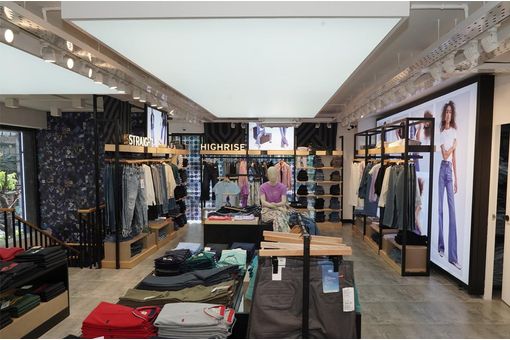NY cotton March futures sink 132 points
This is evident from the reduction in December open interest, which has dropped by more than 35’000 contracts over the last seven sessions. Since the trade was active buying back some of its net short, probably as a result of new sales and mill fixations, trading action was fairly balanced this week, which allowed for an orderly liquidation.
Speaking of sales, today’s US export sales report was seen as disappointing, as net new sales of Upland and Pima amounted to just 79’000 running bales for the current marketing year, plus 2’200 bales for the following season.
However, before getting too negative on sales we would like to point out that last week straddled high and low prices, with mills having only two days to take advantage of cheaper offers. Furthermore there were 51’300 in cancellations, which could be the result of shippers freeing up some US cotton by switching to other growths when December traded in the low 90s.
The fact that there were 17 markets participating in the buying and that over 200’000 running bales were shipped to 21 destinations tells us that there is still a lot of interest in US cotton. Maybe we should look at supply as the limiting factor at this point, since there is hardly any old crop cotton left and shippers are reluctant to commit high grades, considering that the crop is late and that it may have some quality issues due to the irregular growing season.
While news on the cotton front was relatively uneventful this week, there has been a lot going on in outside markets. First there is the escalating conflict in Syria, which has sent crude oil prices to their highest level in over two years. Then there is the ongoing exodus from emerging markets, which has led to sharply lower currencies in markets relevant to cotton, such as India, Turkey, Brazil, Thailand or Indonesia, just to name a few.
Over the last five years we have seen an investment landscape that has become increasingly distorted by an abundance of cheap money, as trillions of dollars are chasing after assets in ‘pump and dump’ fashion, with little regard for fundamentals or risk. Hedge funds, sovereign wealth funds and speculators have been inundating emerging markets with their hot money, driving up currencies and asset prices in a self-reinforcing cycle.
As global yields collapsed in the process, borrowing costs reached record low levels last year in places like Brazil (2.5%), Turkey (3.2%) or Indonesia (2.85%). Sooner or later this tide was destined to reverse and we are now seeing massive capital flight, which is putting pressure on currencies and assets alike in these emerging markets.
Governments and central banks are trying to stem the outflow by raising lending rates, but that may not be the best remedy considering that energy prices are rising as well, since this could lead to a squeeze and choke off economic growth even further.
































-Ltd..jpg?tr=w-120,h-60,c-at_max,cm-pad_resize,bg-ffffff)





.jpg?tr=w-120,h-60,c-at_max,cm-pad_resize,bg-ffffff)
.jpg?tr=w-120,h-60,c-at_max,cm-pad_resize,bg-ffffff)






